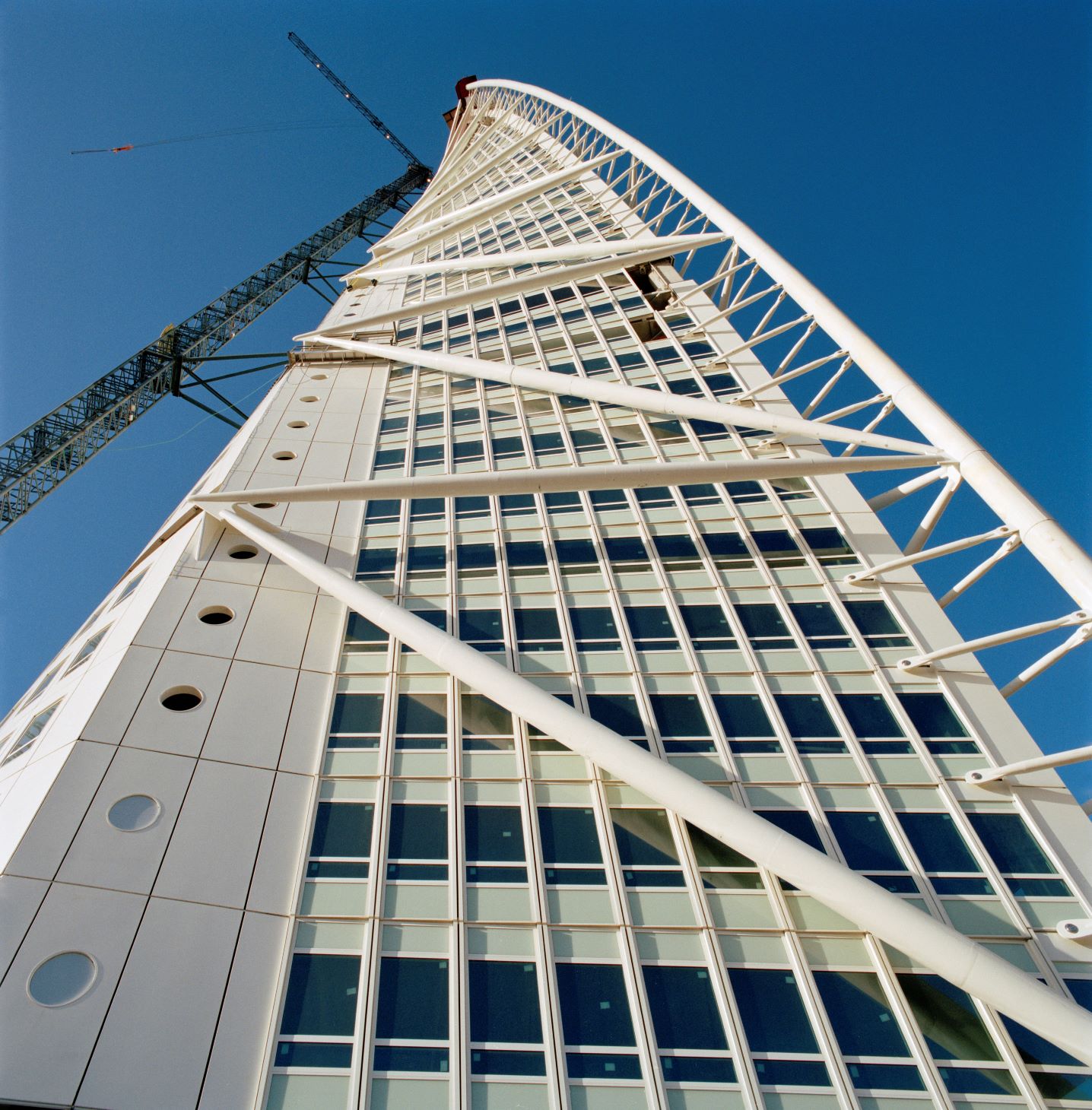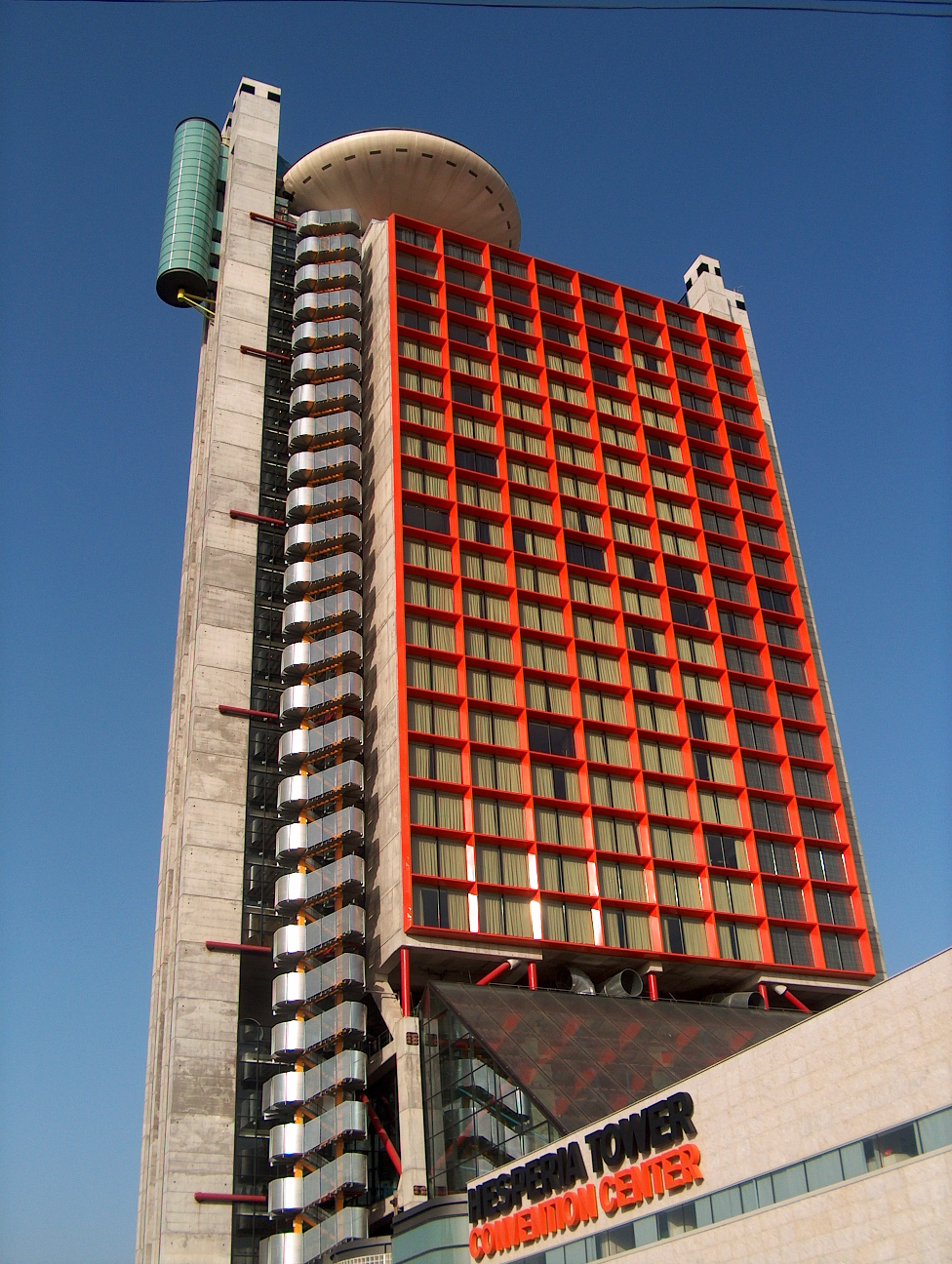What is the origin of silicone?
Silicone as a sealant has a history that dates back several decades. It was initially developed during World War II, specifically in 1943, to lubricate aircraft and enable them to fly at higher altitudes. Silicone´s use as a sealant was first recorded in 1963.
Silicone´s creation stems from the need for an alternative to other sealants used in the building industry to facilitate the evolution and improvement of sealing systems. The evolution of the product has been critical ever since its appearance on the market.

How does it contribute to architecture?
Silicone has made a very important contribution to the world of modern architecture. It is a product that emerged in specific circumstances with specific objectives, but its evolution has helped many industrial sectors. The existence of silicone has enabled architects, engineers and other professionals to undertake new forms of design which would have been unthinkable in the past. In short, silicone has contributed to the creation of a different, modern and very advanced type of architecture.
How are silicones classified?
One of the ways of classifying silicone sealants is to divide them into neutral and acetoxy sealants, bearing in mind that neutral sealants include a wider variety of products: oxime, alkoxy, benzamide and amine curing. The most widely used neutral silicones are oxime and alkoxy.
A constantly evolving product
The classification of silicone performance is also defined in regulations for testing and classification, which clearly distinguish each of the silicone products on the market.
The performance of silicone sealants for construction is mainly classified as one of the following types: glazing; façades; sanitary equipment; or other industrial applications (non-architecture).
For the professionals who use it, it has to be said that silicone is a constantly evolving product. Solutions were architectural in the past, but today this product offers highly valued qualities such as thermal-acoustic insulation, earthquake resistance, passive protection against fire and high temperatures and more. Silicone offers great versatility and adapts to the latest requirements.
It is important to note that at present, the term ‘silicone’ is usually used generically for any type of sealant when, in fact, there are several types of sealants and a wide variety of silicones. Sometimes it seems like silicone can be used for absolutely anything and, while it is a universal product, it has very specific applications depending on the type of silicone sealant. Three basic functions can be identified: sealing; insulating; and joining. These functions can be used to classify the different types of silicones that exist.

The great value that silicone adds to a façade as a product that has a small cost in terms of the overall façade when compared to other materials is undeniable, but it also has some very important functions.
It should also be noted that silicone has introduced transparency to construction: a characteristic that other materials (putties and the like) do not offer. Silicone has also enabled the extensive incorporation of glass into architecture. We could say that silicone has given greater prominence to glass, lending buildings a notable aesthetic improvement and added value that is much appreciated today.
The evolution of façades and glazed enclosures would not have been possible without silicone.
We should also consider another important feature of silicone: its proven durability over time. This is demonstrated by buildings that were constructed more than 30 years ago using structural silicone which still offer the same performance today as they did on day one. It should be noted that silicone is the most resistant chemical substance that exists. It has the same chemical base as sand or quartz, which means it resists weathering and UV radiation like no other product.

Energy savings
Silicone sealants provide significant energy savings. The results achieved with silicone to date are highly significant, and vast scope for development remains ahead of us. One of the manufacturers’ commitments should be to inform and, above all, train professionals in the industry, especially those using the products. This is difficult, but it is a task that needs to be done. There are many brands and products available, and it is clear that information is essential to achieve satisfactory final results.
Architects should also strive to be well informed about existing products so that they can recommend them in the most appropriate way, based on existing regulations and complying with them as accurately as possible, as well as ensuring that these regulations are complied with all along the construction chain.
In many cases, the architect is a designer and the success of a project often lies in hiring the best specialists to carry out each function related to the building. As a silicone manufacturer, our primary business focus is on our customers. It is the customer who uses our product. In the United States, for example, the manufacturer usually meets with the architects and recommends the most suitable products for each case, and it is the architect who includes these products in the report if they consider them appropriate, so that they can be installed. With this method, everything is tested before work even begins.
The future evolution of silicone is linked to the evolution of glass itself. The use of glass in construction continues to be on the rise. The energy sector is also manufacturing photovoltaic elements, opening up a new market. Glass has to be fitted, of course, and silicone sealants are without a doubt the installation products that are best suited to glass. In its early days, structural silicone was said to be a passing fad, but nothing could be further from the truth. Furthermore, the use of glass in construction is constantly growing, which means that the silicone market will continue to grow in the future as well.
Text: José Mª Martos, product manager






